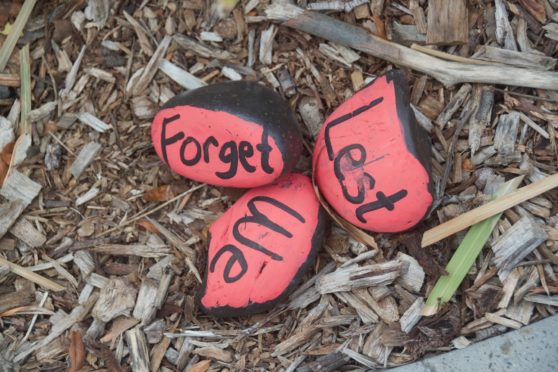How good is your memory?
In the dim and distant past, I took a youth group on an exchange visit to Copenhagen in Denmark. We visited a hands-on science museum that was great fun and had us doing things like riding a bicycle where the handlebars turned the front wheel in the opposite direction to the way you would expect.
In one area there was a film of a road accident (not real) which you were encouraged to watch with others. Having watched the film, each individual then answered a series of questions about what they had seen and it was amazing how differently people answered the same questions. Not everyone laid the blame on the same car. The car was described differently and while some noticed the colour of the traffic lights, others didn’t see the traffic lights at all, never mind clocking their colour.
I have to confess I took great comfort from all the differences.
Why, I hear you ask.
Because they made me feel better. I had proof that two or more people viewing the same set of circumstances could see those circumstances quite differently.
I need to explain.
For years, I worried about not being able to remember the same things that my twin sister remembers. I did actually wonder at times, if I was there at all. My sister would come up with details that I simply had no recollection of. Occasionally a vague bell might ring or a similar memory would be there but with quite different details. This little experiment in a science museum set my mind at rest. People remember things differently.
I think the same is true when it comes to memories of all sorts, whether they be personal memories, community memories, or national memories.
Soon we will be sharing in an act of Remembrance that began at the end of the First World War. There is noone left who physically remembers the 1918 Armistice but nonetheless people of all ages, some with military service, mostly civilians, stop to remember even yet. For some, it is family members and their stories that provide the incentive for remembering. For others, it is the fact that they themselves have served in the Armed Forces in subsequent conflicts or in peace-keeping roles. For others again, it is the idea of ensuring that noone is asked to make such horrific sacrifices ever again – that is the driving force to remember. And for a growing number, it is the desire to see violence set aside. Forever.
How we remember though will be different depending on where we are coming from. What matters is that we remember. And every act of remembrance is equally valid.
A number of years ago, Carnwadric Parish Church in Glasgow worked with John Bell, minister, song writer, poet, liturgist, to create a hymn that encompasses all the different kinds of remembering. The hymn begins: ‘What shall we pray for those who died?’ and goes on to look at that question from a variety of angles.
From those with lived experience of being part of battles, to those who mourn the loss of those they have loved, in conflicts in the distant past and more recently. And on to those who have no real idea of war and what it involves and costs and people who fear the resurgence of conflict in our world.
The hymn has a refrain that asks for peace. Then the final verse says it all. It is a call to all of us, however we are remembering, to go out of our way to work for a peace that lasts.
This year our Remembrance Services will not happen as they usually do. We need to think creatively which many communities are already doing.
Wreath laying for us in Dornoch will happen throughout the day to keep people from gathering at a fixed point. Thinking of the Thursday clapping for the NHS, many are calling for a doorstep silence at 11am on Sunday the 8th of November. I think that is a fantastic idea – let’s do that.
But here in Dornoch, we have the most amazing person who, ever since lockdown began back in March, has been painting stones with messages on them. People have found stones on their doorsteps and in random places around the town, to encourage and inspire. The Stone Fairy (as they have become known) has painted poppies and other images and is encouraging people to paint their own stones to leave at your local war memorial, or on war graves, on Sunday the 8th November. I have the privilege of selling some for the Earl Haig Fund on the Stone Fairy’s behalf.
We may remember differently but what is important is that we remember. What is important is that we celebrate peace. What is even more important is that we, as those in the past have done, work for peace.
How good is your memory?
Good enough to thank those who have gone before
By working as hard to keep the peace
As they fought to win it.
The Right Rev Susan Brown is minister of Dornoch Cathedral and the former moderator of the General Assembly of the Church of Scotland

